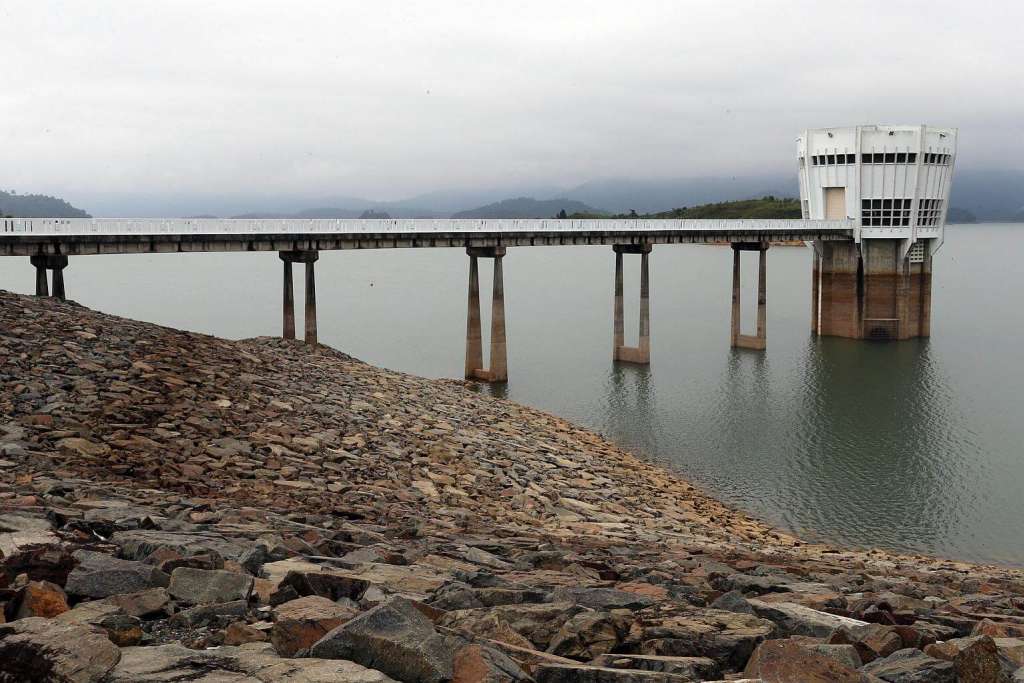Even as water-efficient devices helped Singaporeans cut water use by nearly 4.5 per cent over the last decade, a renewed call to do more has been made amid worries that water levels at Johor’s Linggiu Reservoir, the country’s main supply, are falling.
Singapore is also pushing ahead to its 2030 target of each person using 140 litres a day, down from the 151 litre-figure of last year.
Despite recent rains, the Linggiu Reservoir, from which Singapore draws more than half its water supply, is now just over a fifth full.
Prime Minister Lee Hsien Loong, speaking yesterday at an event to promote environmental awareness, highlighted the challenges that come with climate change.
“Droughts and water shortages are becoming more common,” he said. “Linggiu Reservoir in Johor, which supplies water to Singapore, is very dry. Right now, (it is) less than one-quarter full, only 22 per cent. And that slightly improved because it rained last week.”
While the country is already moving to increase water supply and making it more reliable, by building desalination plants for instance, there is still a role for all to play.
“Sustainability also depends on each one of us, how we live our daily lives and how we adjust our habits to be greener,” PM Lee said.
Environment and Water Resources Minister Masagos Zulkifli urged Singaporeans to save water by taking shorter showers and washing vehicles less frequently, for instance. Calling the 22 per cent figure worrying, he said water is a resource Singapore must keep a close eye on. Despite efforts to increase local water supply, conditions across the Causeway have a significant impact here.
“When there is a drought up north… it affects our total water supply. We must… ensure our water supply is weather resilient, and take steps to conserve water use.”
There has been some progress in the latter. In 2006, each household used a monthly average of 18,300 litres of water. This fell to 17,600 litres last year, going by figures from national water agency PUB. This roughly works out to every person going from using 158 litres a day a decade ago, to 151 litres last year.
There are two reasons for this – the first of which is the adoption of increasingly water-efficient appliances, such as washing machines.
The second is that the save water message has filtered through to the public, said Professor Ng Wun Jern, executive director of the Nanyang Environment and Water Research Institute at Nanyang Technological University. But there is a need to continue with ongoing efforts in education and increasing water efficiency, he added.
Last month, the authorities called for proposals to develop smart meters which can tell users in near real time, for instance through a mobile application, how much water and electricity they are using. Since August, consumers have been able to compare their water and energy use with that of neighbours within a block as well as with the national average. This is to nudge heavier users to cut back on their usage.
Meanwhile, the Ministry for the Environment and Water Resources yesterday shared updates on the progress made under the Sustainable Singapore Blueprint. One achievement was how three out of five households were within a 10-minute walk of a train station by the end of last year – with a mark of 80 per cent set for 2030.
audreyt@sph.com.sg

This article was first published on Nov 06, 2016.
Get a copy of The Straits Times or go to straitstimes.com for more stories.







